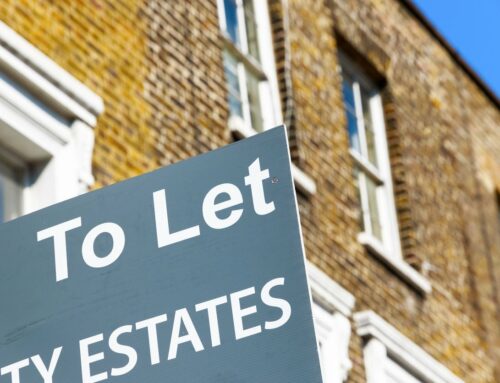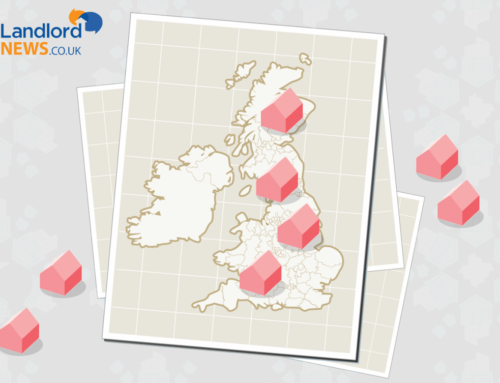Home » Uncategorised »
Landlords can Maximise their Rental Returns in Scotland, Claims Your Move
This article is an external press release originally published on the Landlord News website, which has now been migrated to the Just Landlords blog.
Landlords can maximise their rental returns by investing in the property market in Scotland, according to new data from Your Move.
Your Move Scotland reports that the average rental yield for investors with properties north of the border increased for the first time since March 2017 in March this year.
The letting agent found that average rental returns in Scotland stood at 4.7% in March, which is up from 4.6% in the previous month.
As a result, rental returns for landlords with properties in Scotland are now at a six-month high. This contrasts to England and Wales, where yields have held steady, at an average of 4.3%.
The only two regions in England and Wales to offer rental returns higher than the Scottish average during March were the North East and North West, at 5.0% and 4.8% respectively.
Brian Moran, the Lettings Director for Your Move Scotland, says: “Investors in Scotland have seen stronger returns this month than in February.
“This is the first rise in monthly yields since March 2017, and demonstrates why many investors from elsewhere are now looking towards Scotland to maximise returns.”
According to the firm, the average rent in Scotland increased by 1.8% in the 12 months to March, to reach £580 per month.
The Highlands and Islands recorded the greatest rise, taking the average rent price to £688. This is up by 4.9% on March 2018, but growth has slowed from the double-digit increases seen last year.
The only region to record higher rents was Edinburgh and Lothians, where the typical price was £699 in March. This followed a 4.6% year-on-year rise.
Elsewhere, rents were up by an average of 1.4% in the East of Scotland, and 0.9% in Glasgow and Clyde. A typical rent price in the East was £541 in March, while Glasgow’s was £589.
The South of Scotland was the only region to see rents fall on an annual basis, dropping by an average of 1.9% in March, to £537 per month.
Across Scotland as a whole, the average rent rose by 1.8% in the 12 months to March, to hit £580. This is up by 0.2% on a monthly basis.
However, Your Move Scotland’s data also shows that the proportion of rental households in arrears increased modestly in March. Some 10.7% of all tenancies were behind with their rent payments in the month – up on the 10.5% recorded in the previous month. Despite this, the level of arrears is still below the 11.2% seen in December 2018.
On an absolute basis, the amount of households in serious arrears – defined as two months or more – was 8,283 in March.
Moran adds: “With more tenants now renting for longer, thanks to the introduction of the PRT [Private Rental Tenancy], landlords are benefitting from the increased security and stability provided by these tenancies.”




